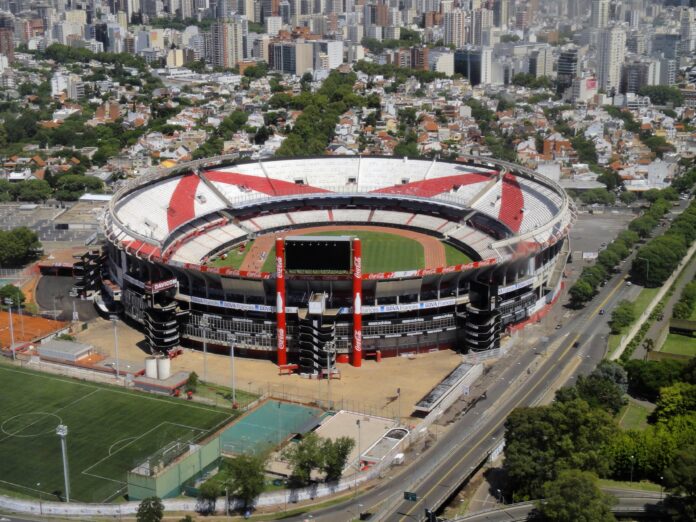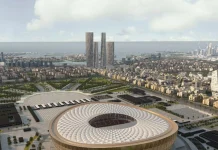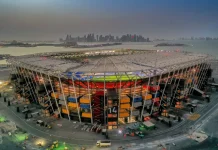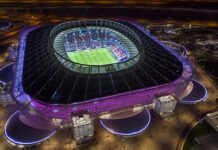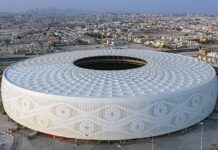Situated at the barrio of Belgrano in Buenos Aires is Argentina’s de facto national stadium, which is known for its intimidating matchday atmosphere that is unmatched by the rest of the world.
It is the centerpiece of the nation’s lone World Cup hosting in 1978, having lifted the trophy for the first time. Apart from the Albiceleste internationals, it is known more to be the home of the country’s most successful club, River Plate.
Currently, it has a capacity of 70,054 seats, as it underwent several renovations over the years, as its iconic track was removed just last year to fulfil its goal of being a football-specific stadium.
Surrounding the stadium were a swimming complex, two artificial turfs and tennis courts, making River Plate a bonafide sports club.
Apart from football, it also hosted three rugby union test matches for its national team, the Pumas, yet it lost all of those matches to powerhouses South Africa, New Zealand, and Australia.
Its size has also become a favorite concert venue, in which several international acts held sold-out shows over the years.
Before the Mundial

Built on a reclaimed land at the Rio De La Plata, the stadium was completed in 1938 in a two-year construction during the era of fabled club president Antonio Vespucio Liberti, where the first match saw River Plate defeat Uruguay’s Peñarol in front of 68,000 people. It replaced the Estadio Alvear y Tagle which the club had rented before.
Initially, the stadium was just ¾ of its double-decker bowl completed owing to lack of funds.
In 1951, it was one of the two main stadia (the other being Racing’s ground in Avellanada) for the first edition of the Pan American Games which Argentina had hosted. There, El Monumental had the athletics events which is why the oval track remained there for most of its history.
Before the World Cup, the ground played host to two Copa Americas in 1946 and 1959, with the home side winning the title on both occasions.
1978: The Year of Albiceleste
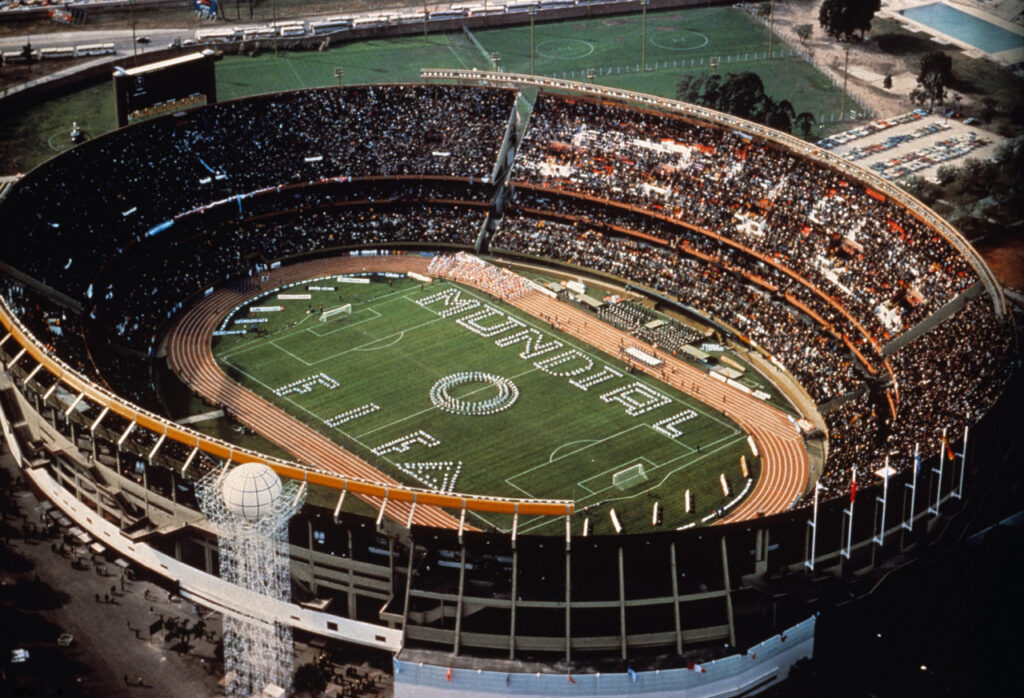
The most defining moment of the stadium was the 11th edition of the FIFA World Cup, which the country won its hosting rights a dozen years ago.
In the backdrop of the junta, the Stadium’s design was finally complete, with an ambitious remodeling saw El Monumental fully encircled to its prestige during which the capacity was set to 74,624.
As the main stadium of the tournament, it held nine matches: Four in the first group stage, three in the second group stage, the third-place playoff and the final. Apart from the stadium, the World Cup also saw the rise of the Adidas Tango, in which its design became the single iconic figure of the sport for more than two decades.
Managed by Cesar Menotti, the hosts defeated Hungary and France, respectively to open their tournament, before they were forced to move to Rosario after Italy beat them to win Group 1.
Argentina returned to El Monumental on June 25 after they clinch the top spot in Group B and claimed their first World title after needing extra time to frustrate the Netherlands once again, 3-1. Mario Kempes tops the scoring list with 6 goals, including a brace in the final as River Plate’s very own Daniel Passarella lifted the trophy.

